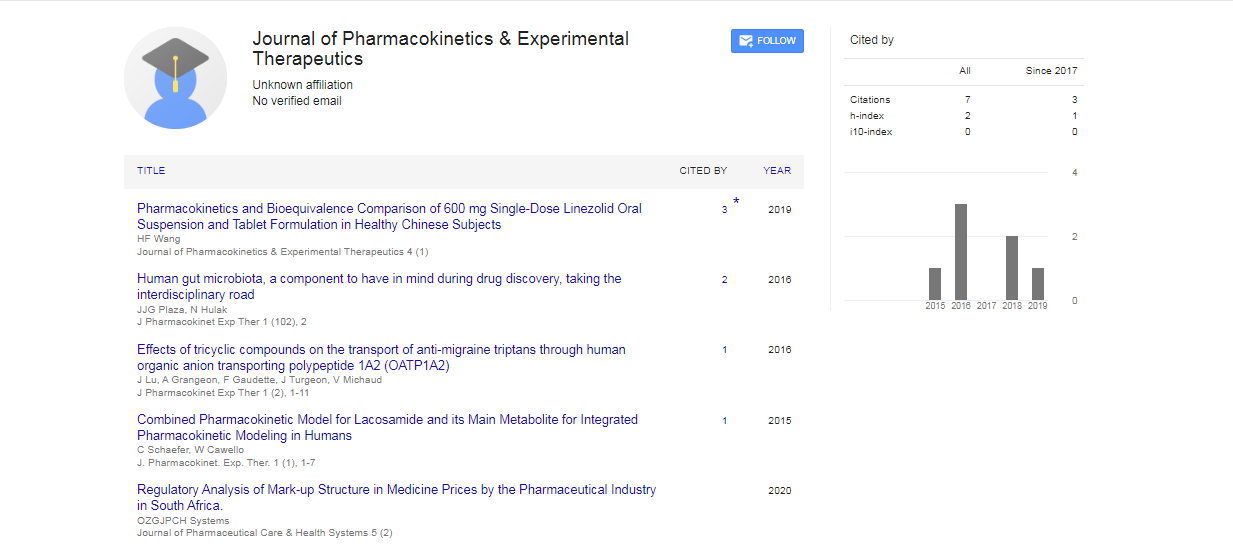THE CONTROLLED DRUG DELIVERY SYSTEMS: PAST FORWARD AND FUTURE BACK
*Corresponding Author:
Copyright: © 2020 . This is an open-access article distributed under the terms of the Creative Commons Attribution License, which permits unrestricted use, distribution, and reproduction in any medium, provided the original author and source are credited.
Abstract
The controlled drug delivery technology has progressed over the last six decades. It began in 1952 with the introduction of the first sustained release formulation. The 1st generation (1950-1980) of drug delivery was focused on developing oral and transdermal sustained release systems and establishing the controlled drug release mechanisms. Attention of the 2nd generation (1980-2010) was dedicated to development of zero-order release systems, self-regulated drug delivery systems, long-term depot formulations, and nanotechnology-based delivery systems. The latter part of the 2nd generation was consumed mostly for studying nanoparticle formulations. The Journal of Controlled Release (JCR) has played a pivotal role during the 2nd generation of drug delivery technologies, and it will continue playing a leading role for the next generation. Taking the right path towards the productive 3rd generation of drug delivery technologies requires honest open dialogues without any preconceived ideas of the past. The drug delivery field needs to take a bold approach of designing the future drug delivery formulations first, based on today’s necessities, and produce necessary innovations. The JCR will provide the forum for sharing the new ideas that will shape the 3rd generation of drug delivery technologies

 Spanish
Spanish  Chinese
Chinese  Russian
Russian  German
German  French
French  Japanese
Japanese  Portuguese
Portuguese  Hindi
Hindi 
